How To Shoot Star Trails Dslr
How To Shoot Star Trails Dslr. Have your aperture set to the widest as you want as much light to enter through the lens on to the cameras sensor. You can also do these at the same time as shooting deep space objects if you have a spare dslr that isnt tied up. Astrophotography basics and how to photograph star trails youtube. There are multiple ways to go about shooting star trails.
 Star Trails
Star Trails
In fact you can shoot good star trail images with an absolute minimum of gear. Shooting under a 25 to full moon is ideal for star trails photography. Place the camera on a steady tripod and use a cable release to snap the pictures to keep from causing vibrations during the long exposures. Choose your subject frame at the polaris north star or the south celestial pole southern hemisphere and you cant get it wrong. The stars are such a marvelous part of our physical universe and humans love to capture them. Use a compass and star charts to help you determine where to place the camera so you get the type of star trail movement across the photograph that you want.
Have your aperture set to the widest as you want as much light to enter through the lens on to the cameras sensor.
Step 1 attach your camera to a firm tripod. Have your aperture set to the widest as you want as much light to enter through the lens on to the cameras sensor. Choose your subject frame at the polaris north star or the south celestial pole southern hemisphere and you cant get it wrong. Put the camera on bulb mode but most cameras can shoot up to 30 seconds without having to set on bulb mode. Professorial photographer john lehmann takes you step by sept as he sets up for a star trails shoot on vee lake near yellowknife in canadas northwest territ. The stars are such a marvelous part of our physical universe and humans love to capture them.
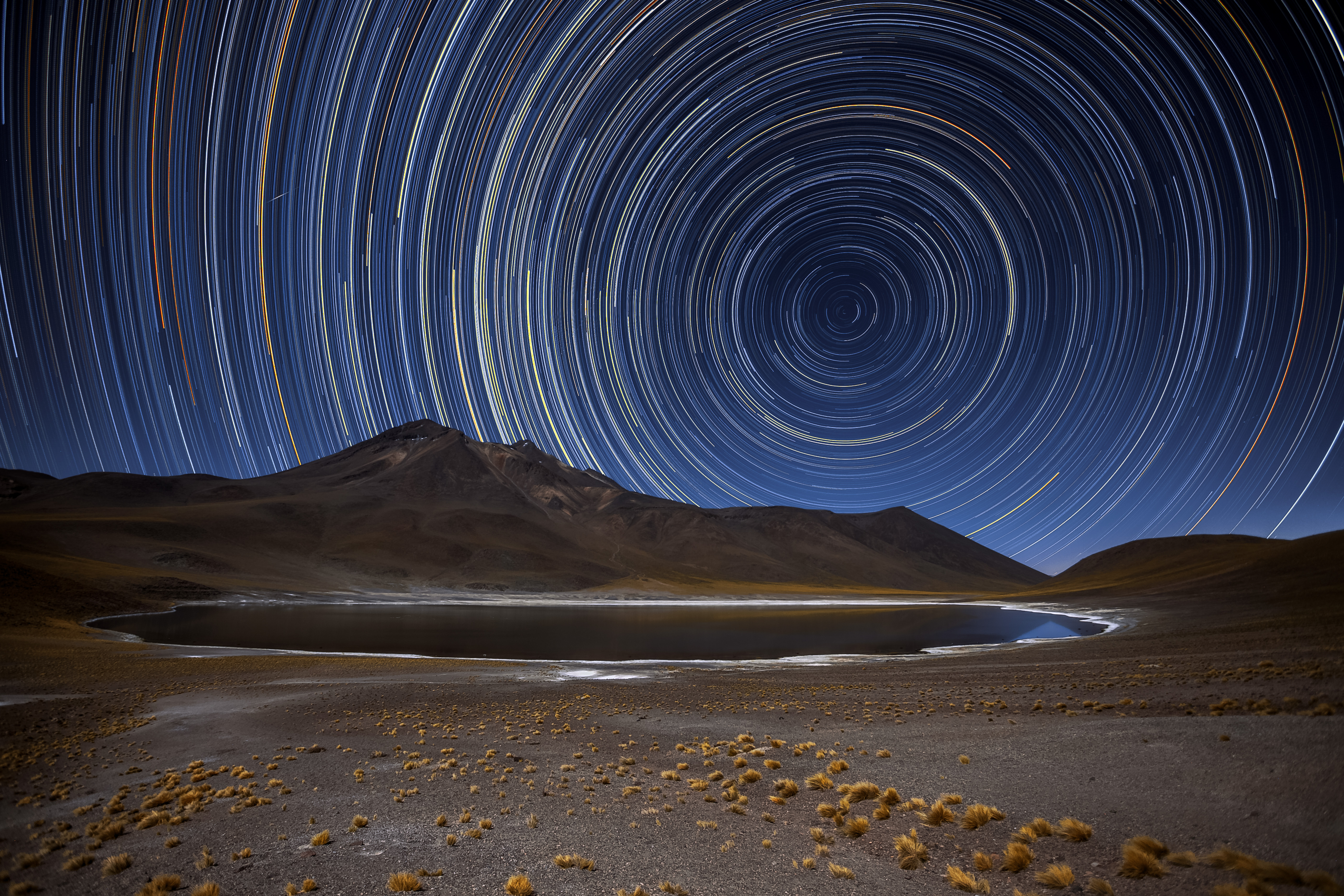
Today we are going to tell you how to create an image like this with your camera. Professorial photographer john lehmann takes you step by sept as he sets up for a star trails shoot on vee lake near yellowknife in canadas northwest territ. There are multiple ways to go about shooting star trails. Find the current moon phase here and determine your trip dates from this information. In fact you can shoot good star trail images with an absolute minimum of gear.

Have your aperture set to the widest as you want as much light to enter through the lens on to the cameras sensor. Pretty much all you need is a dslr capable of bulb mode a kit lens a static tripod and an intervalometer or at worst a remote shutter release. The bigger the sensor size the better but even an advanced point and shoot camera will be able to capture star trails provided that it has manual mode. Step 2 turn off the lcd display of the camera to save battery power. Have your aperture set to the widest as you want as much light to enter through the lens on to the cameras sensor.

Capturing star trails is a fun form of night photography. Probably the easiest but also the most powerful star trails image. Memory cards as with batteries make sure your memory cards are fresh and empty. Shoot in the opposite direction of the moon allowing your stars to. Place the camera on a steady tripod and use a cable release to snap the pictures to keep from causing vibrations during the long exposures.
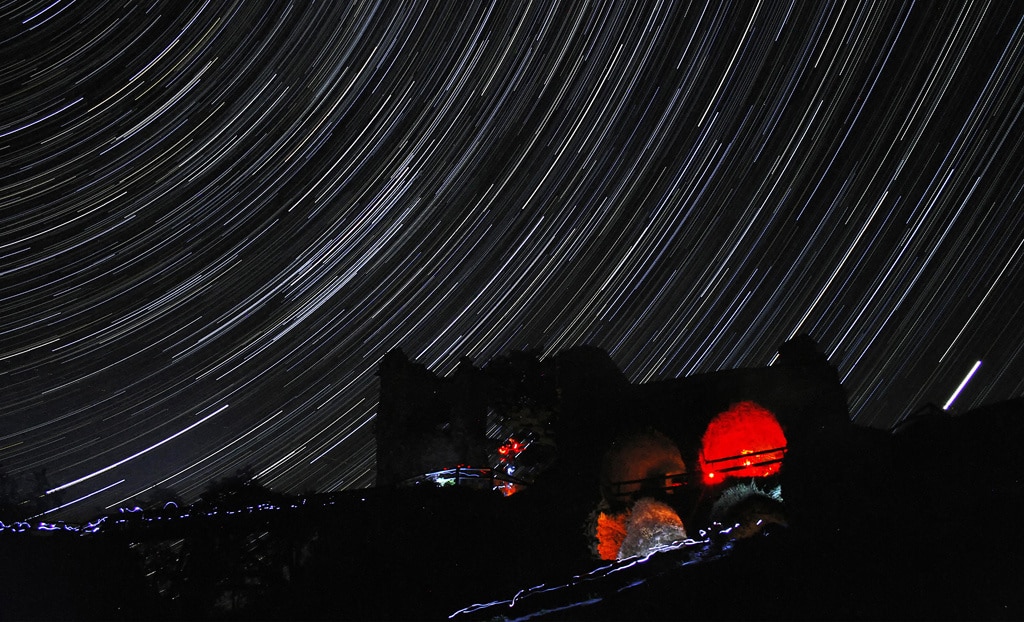
A steady camera setup is of utmost importance as you are going to shoot around 200 to 300 images over a span of 1 or 2 hours or more. Shoot in the opposite direction of the moon allowing your stars to. Probably the easiest but also the most powerful star trails image. Image by evgenit on pixabay. When most of us think about night photography we think about shooting the stars.

I will start with the basics that do not change whether you are using an analogue slr or a dslr. Capturing star trails is a fun form of night photography. Put the camera on bulb mode but most cameras can shoot up to 30 seconds without having to set on bulb mode. Dont you know how to find the polaris or the south celestial pole. Any dslr any mirrorless body or even an advanced point and shoot camera.

Shoot in the opposite direction of the moon allowing your stars to. A steady camera setup is of utmost importance as you are going to shoot around 200 to 300 images over a span of 1 or 2 hours or more. Have your aperture set to the widest as you want as much light to enter through the lens on to the cameras sensor. Professorial photographer john lehmann takes you step by sept as he sets up for a star trails shoot on vee lake near yellowknife in canadas northwest territ. Astrophotography basics and how to photograph star trails youtube.

Image by evgenit on pixabay. Very important otherwise. Step 1 determine the moon phase you can shoot star trails under any moon phase but the results will drastically differ. You can also do these at the same time as shooting deep space objects if you have a spare dslr that isnt tied up. A steady camera setup is of utmost importance as you are going to shoot around 200 to 300 images over a span of 1 or 2 hours or more.
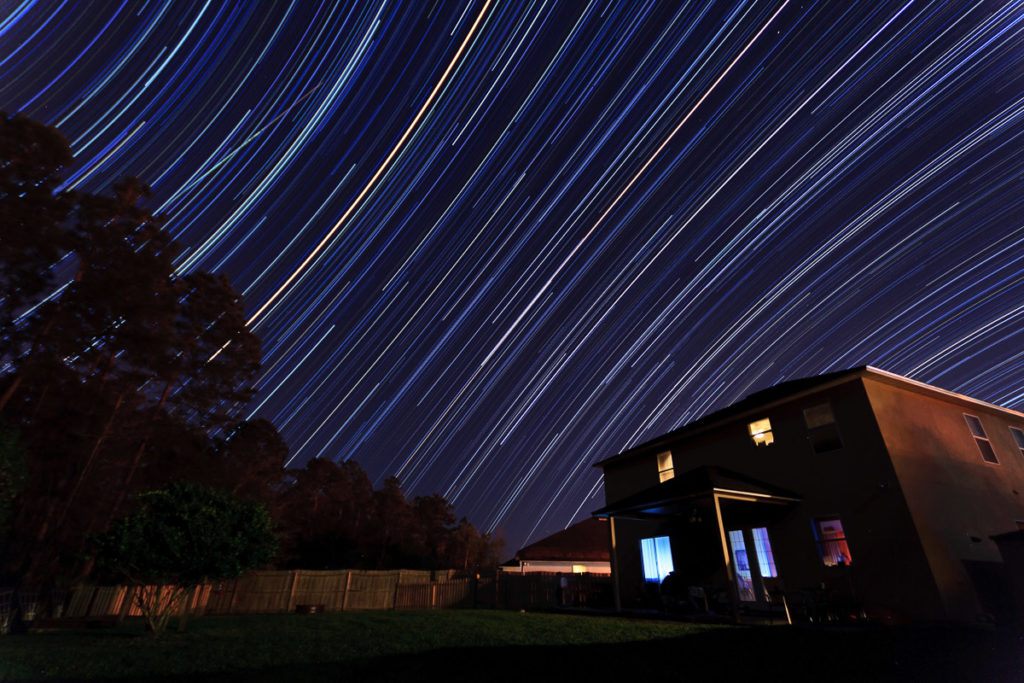
A steady camera setup is of utmost importance as you are going to shoot around 200 to 300 images over a span of 1 or 2 hours or more. During the full moon its almost too bright to shoot star trails. Shoot in the opposite direction of the moon allowing your stars to. Professorial photographer john lehmann takes you step by sept as he sets up for a star trails shoot on vee lake near yellowknife in canadas northwest territ. Very important otherwise.

Any dslr any mirrorless body or even an advanced point and shoot camera. Choose your subject frame at the polaris north star or the south celestial pole southern hemisphere and you cant get it wrong. Place the camera on a steady tripod and use a cable release to snap the pictures to keep from causing vibrations during the long exposures. Batteries shooting star trails drains your battery quickly as youll shoot for hours. Make sure your batteries are fully charged and pack as many as you own.

Before dialing in any settings you should go ahead and mount your camera onto a tripod. Roughly compose your shot and set the focus. This allows the moon to light the entire landscape which provides added foreground detail to your images. Dont you know how to find the polaris or the south celestial pole. Today we are going to tell you how to create an image like this with your camera.
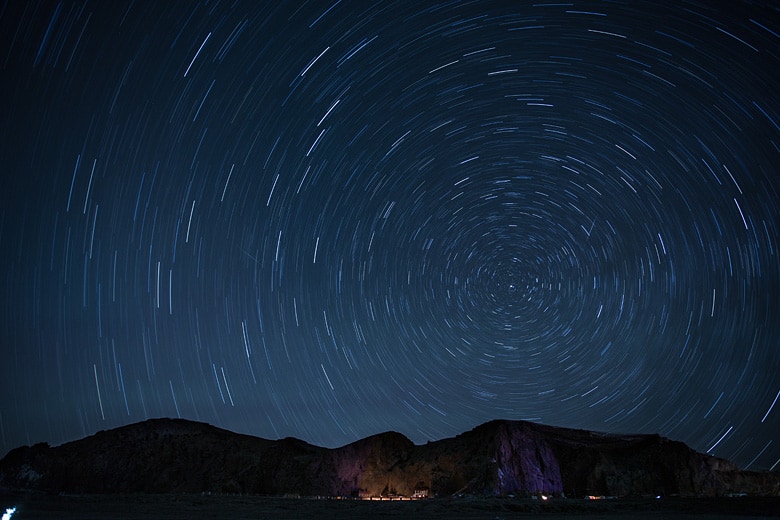
Shoot in the opposite direction of the moon allowing your stars to. If your exposure time is 20 seconds and you need 100 shots you will need to set the shutter speed to 20s and set the intervalometer to take 100 shots continuously at an interval of less than 1 second maybe 30ms to avoid breaks between trails. I will start with the basics that do not change whether you are using an analogue slr or a dslr. This allows the moon to light the entire landscape which provides added foreground detail to your images. Professorial photographer john lehmann takes you step by sept as he sets up for a star trails shoot on vee lake near yellowknife in canadas northwest territ.

Any dslr any mirrorless body or even an advanced point and shoot camera. Nzxt noctis 450 распаковка и обзор моего нового корпуса. Choose your subject frame at the polaris north star or the south celestial pole southern hemisphere and you cant get it wrong. Astrophotography basics and how to photograph star trails youtube. Dont you know how to find the polaris or the south celestial pole.
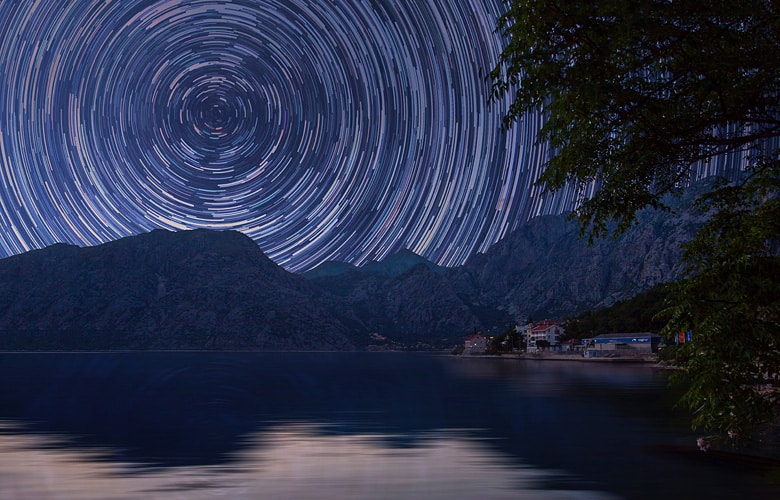
Step 1 determine the moon phase you can shoot star trails under any moon phase but the results will drastically differ. Step 1 attach your camera to a firm tripod. Place the camera on a steady tripod and use a cable release to snap the pictures to keep from causing vibrations during the long exposures. This allows the moon to light the entire landscape which provides added foreground detail to your images. A steady camera setup is of utmost importance as you are going to shoot around 200 to 300 images over a span of 1 or 2 hours or more.
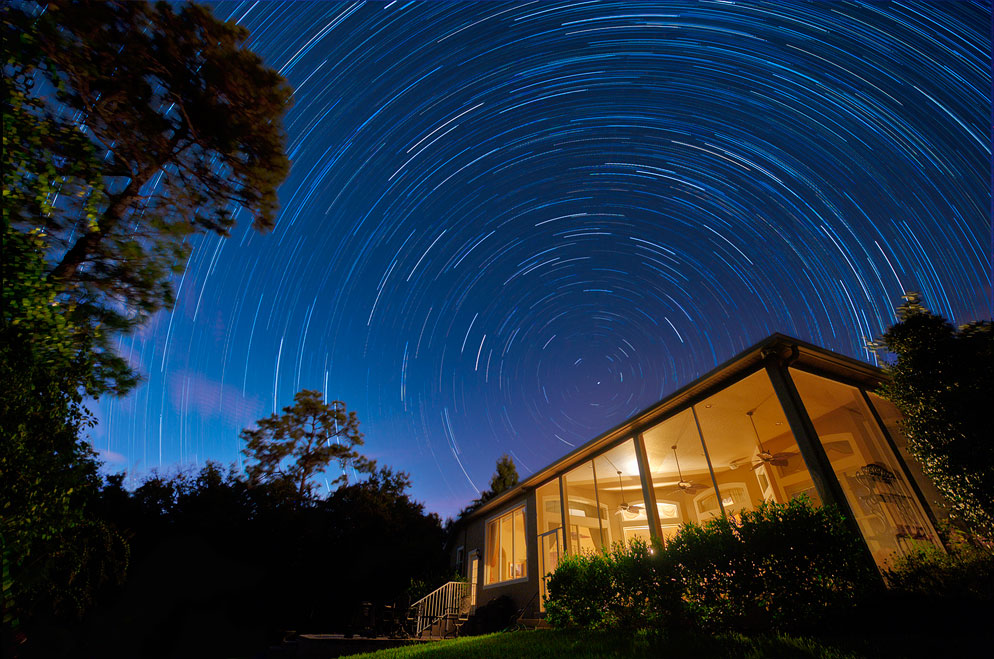
Today we are going to tell you how to create an image like this with your camera. Find the current moon phase here and determine your trip dates from this information. Pretty much all you need is a dslr capable of bulb mode a kit lens a static tripod and an intervalometer or at worst a remote shutter release. Step 1 attach your camera to a firm tripod. I will start with the basics that do not change whether you are using an analogue slr or a dslr.

Place the camera on a steady tripod and use a cable release to snap the pictures to keep from causing vibrations during the long exposures. Find the current moon phase here and determine your trip dates from this information. Step 1 attach your camera to a firm tripod. The bigger the sensor size the better but even an advanced point and shoot camera will be able to capture star trails provided that it has manual mode. A steady camera setup is of utmost importance as you are going to shoot around 200 to 300 images over a span of 1 or 2 hours or more.
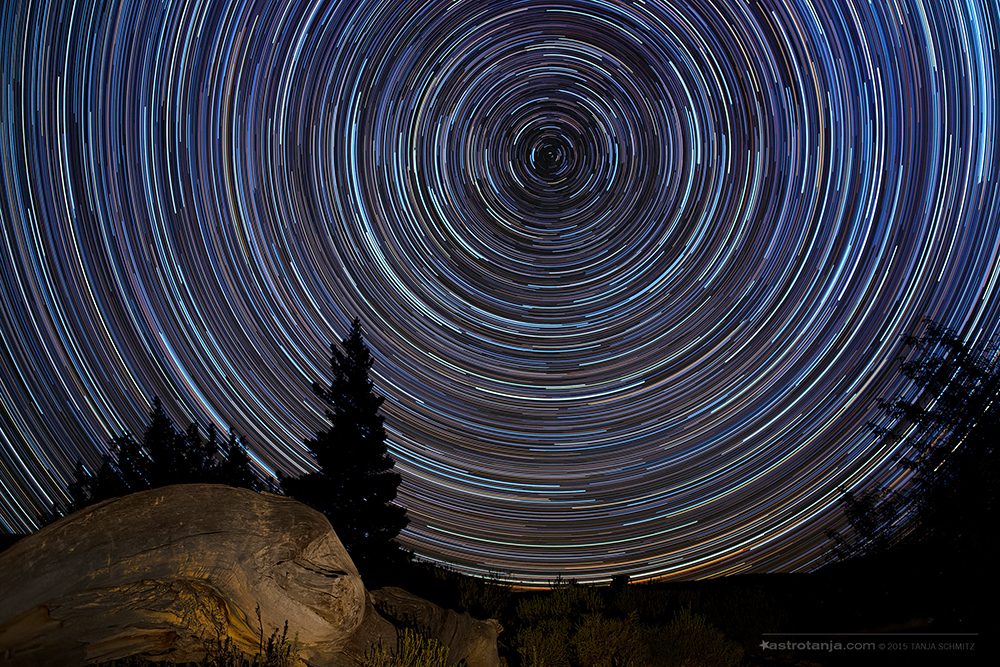
Roughly compose your shot and set the focus. Memory cards as with batteries make sure your memory cards are fresh and empty. This silchester star trails photo took a lot of planning and waiting for the perfect clear moon free night as i needed at least two hours to take all 162 photos that make up the final image some of which were light painted paths and church windows by using selective light painting. The bigger the sensor size the better but even an advanced point and shoot camera will be able to capture star trails provided that it has manual mode. During the full moon its almost too bright to shoot star trails.
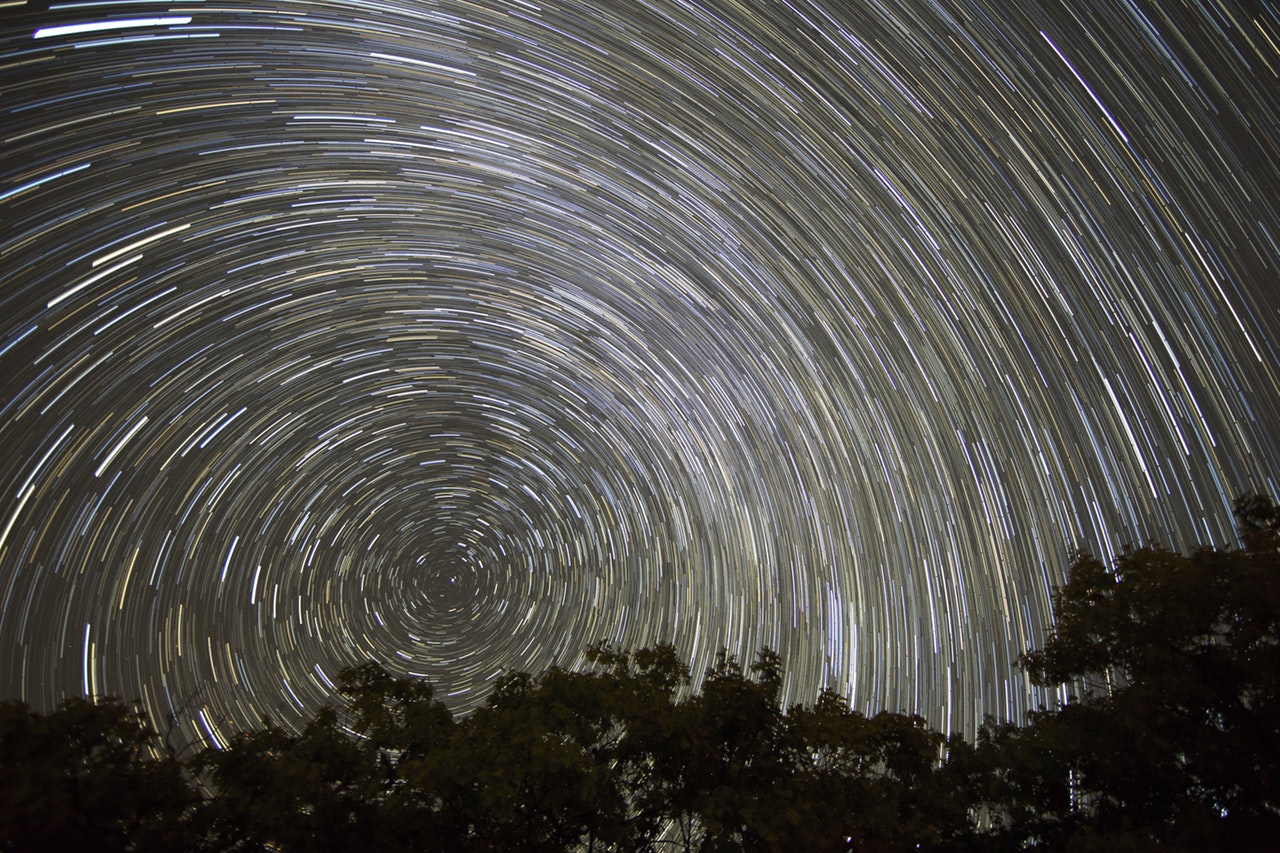
Today we are going to tell you how to create an image like this with your camera. Place the camera on a steady tripod and use a cable release to snap the pictures to keep from causing vibrations during the long exposures. The stars are such a marvelous part of our physical universe and humans love to capture them. Memory cards as with batteries make sure your memory cards are fresh and empty. Capturing star trails is a fun form of night photography.

Have your aperture set to the widest as you want as much light to enter through the lens on to the cameras sensor. Place the camera on a steady tripod and use a cable release to snap the pictures to keep from causing vibrations during the long exposures. Roughly compose your shot and set the focus. The smallest recommended sensor size is in my opinion an 1 inch sensor such as nikon 1 system sony rx 100 series. Step 1 calculate the moon phase.








